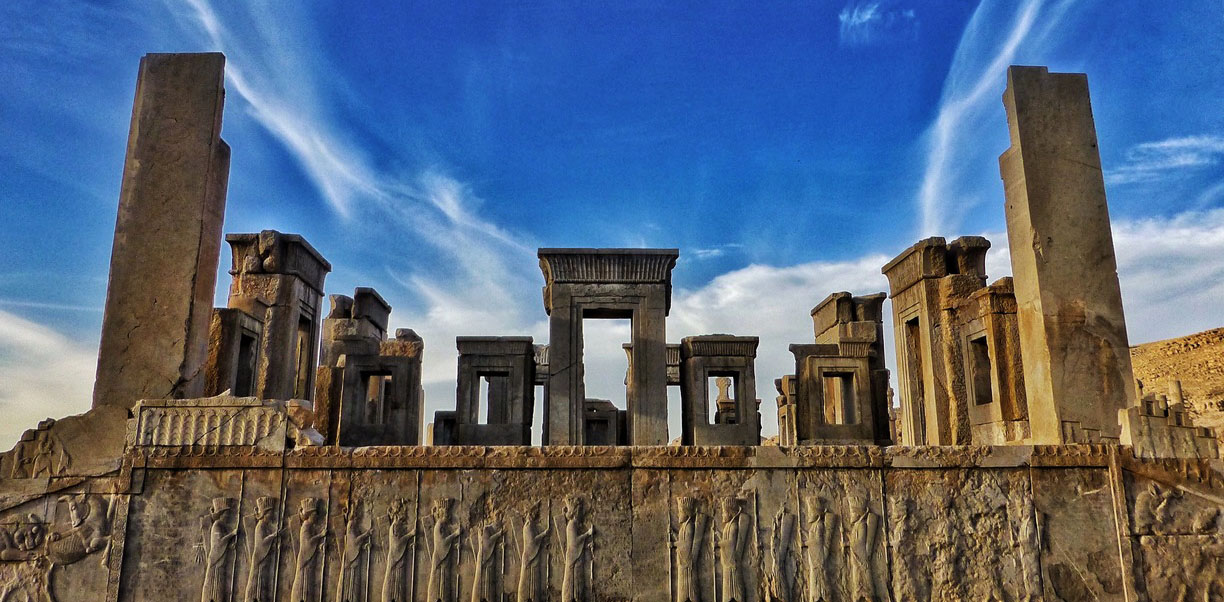
Persepolis
From incredible Indus Valley on the east to the life-giving Nile River on the west, more extensive than any previous empire in history, a real collection of cultures, almost more than half of the known world, that is the expansion of the glorious Achaemenid Empire’s kingdom. The kings were genius, kind-hearted, righteous, sovereign, and had courtesy. Surely this realm needed more than just one capital to govern correctly; among six capitals of the Achaemenid Empire, Persepolis is the greatest and most significant one.
The glorious Achaemenid Empire is more extensive than any previous empire in history and therefore needs a proper system to govern this vast territory. Persepolis is the largest and most important of the six capitals of this empire, ruled by kings of genius, good-heartedness, righteousness, ruler, and politeness. So from the incredible Indus Valley in the east to the life-giving Nile River in the west, Achaemenid Empire is a veritable collection of cultures known to almost half of the world.
You will be surprised to see how reminding of an Empire, even if it is ruined, can provoke your sense of admiration. Let’s have a closer look at the second registered UNESCO World Heritage Site from Iran.

About Persepolis (Things you want to know about Persepolis?)
The first thing you need to know about Persepolis is that they call this site in Iran “Takhte Jamshid” which means Jamshid’s Throne. It is not its right name, but Iranians usually call it this way. The meaning of the word Persepolis is a place that people from Pars live in it. You may come across other names such as Sad Sotun (100 pillars) or Chehel Menar (40 minarets). This ancient palace is located 10 km away from the northern part of Marvdasht and 57 km away from Shiraz. It was actually built on a hill named Rahmat, making this structure even more imperial. Comparing to Acropolis, Persepolis has the same length, but it is 4 to 5 times larger in width, which makes its area about 125000 square meters (approximately 15 football fields). Nobody knows what Persepolis was used for, but it seems that it had been a grand ceremonial complex, especially for international affairs.

History of Persepolis
515 BC, this is the earliest date that Andre Godard, the French archaeologist who excavated Persepolis, could estimate the age of this magnificent structure. Studying the tablets located in Persepolis, it became clear that Darius I was the first king who ordered the construction of this complex with its terraces and palaces. Unfortunately, the life of this king did not last long to see this building. , as the construction of such a magnificent structure took more than one century, about 120 years. It was finally finished during the reign of King Ardeshir I.
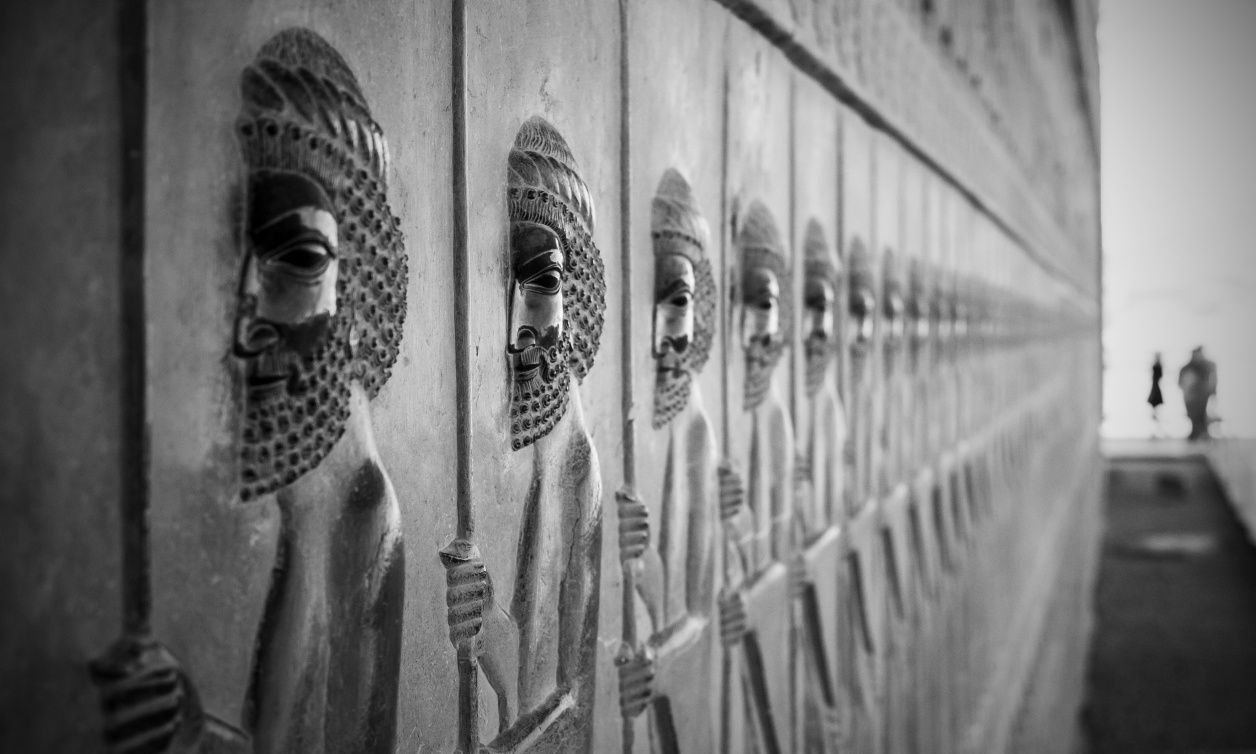
How Persepolis Was Built
Looking at these grand constructions, you might think that the workers of Persepolis were treated exactly like those who built the pyramids of Egypt, you are wrong! The Achaemenid Kings did not treat their workers like a slave; actually, they were very kind to them which was very unusual for any kings at that time. The evidence of this behavior can be found on Persepolis walls and tablets that the accountant was using to keep tracking of the construction work. You will be surprised to know that they even have insurance and regular payments (meat, bread, and bear), In case of any incident, the workers’ families would have been safe and supported by the Empire. Women also had the right to work full-time or even part-time, they even had maternity leave with salary. Can you find all of these work perks right now? Even in modern industrialized countries?
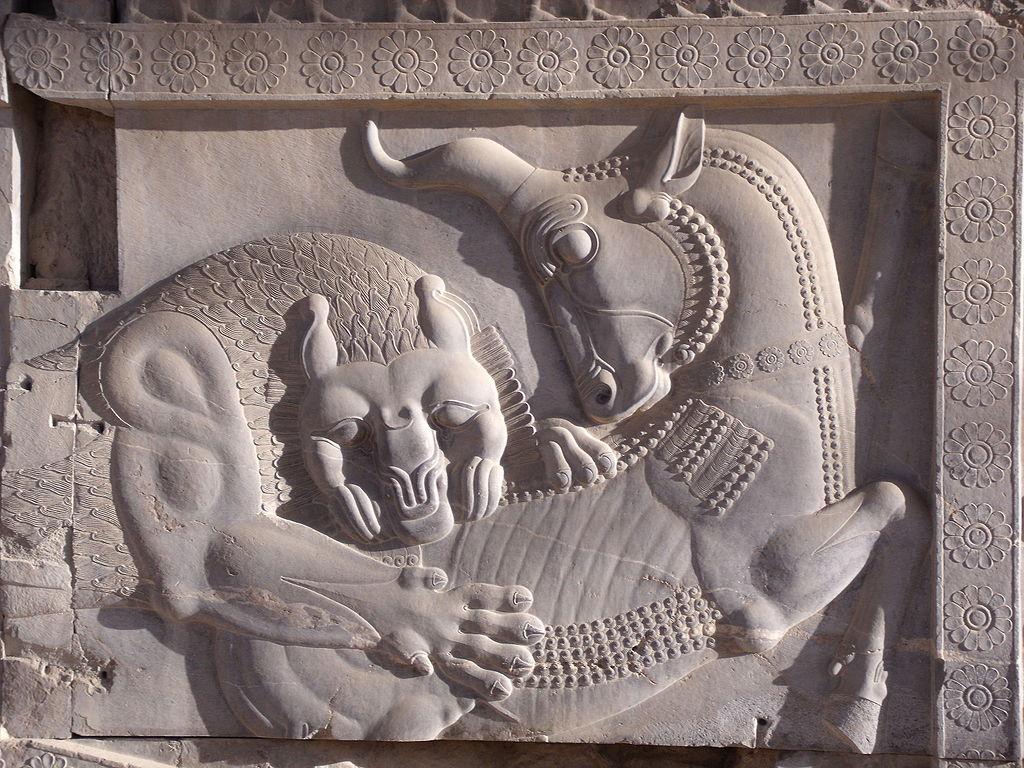
But as an unwritten rule of “nothing lasts forever,” even splendid Persepolis didn’t survive during history. What happened to it? Again, no one knows. But there is one main theory: Alexander the Great set Persepolis to fire. The evidence shows that the fire starts from Hadish Palace and then spreads to the rest of the city. It is not clear whether this was intentional or not and this is the biggest mystery of Persepolis.
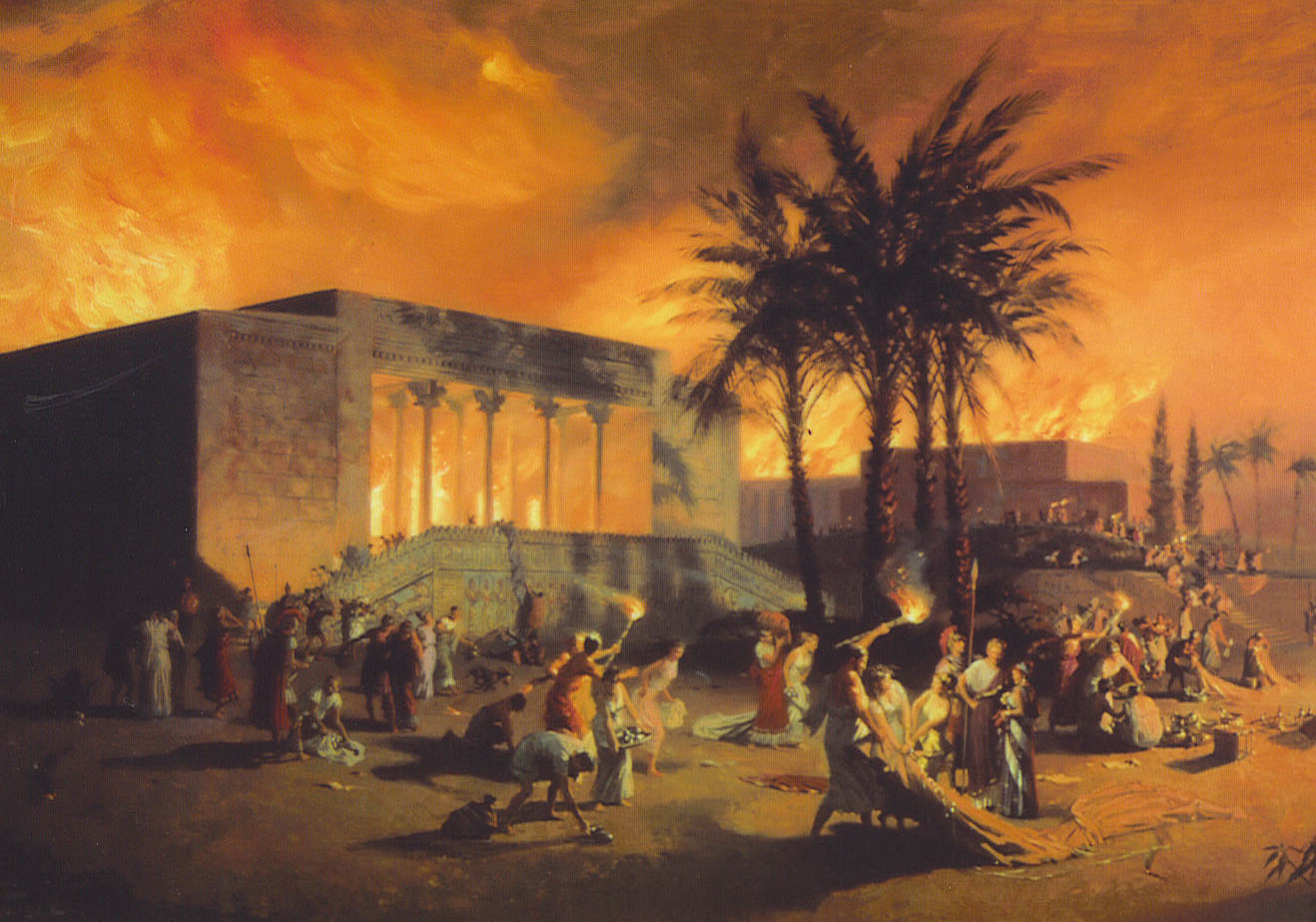
Architecture of Persepolis
You can see the items and symbols of Persian hospitality throughout Persepolis. When you first want to enter Persepolis, you have to ascend a dual stairway (known as the Persepolitan Stairway) with 111 short steps, designed for guests’ comfort. The significant material that had been used in Persepolis is grey limestone. When you reach the top, you will see the enormous Gate of All Nations in front of you. There are wined men and two stone human-head cows on gate sides. “Ahura Mazda made anything that is beautiful.” is written in cuneiform words on it.

One of the regular patterns that you will notice when you are visiting Persepolis is the lotus flower. Lotus is one of the Persian national icons. This symbol refers to the Goddess Anahita, the goddess of water and wisdom.
.
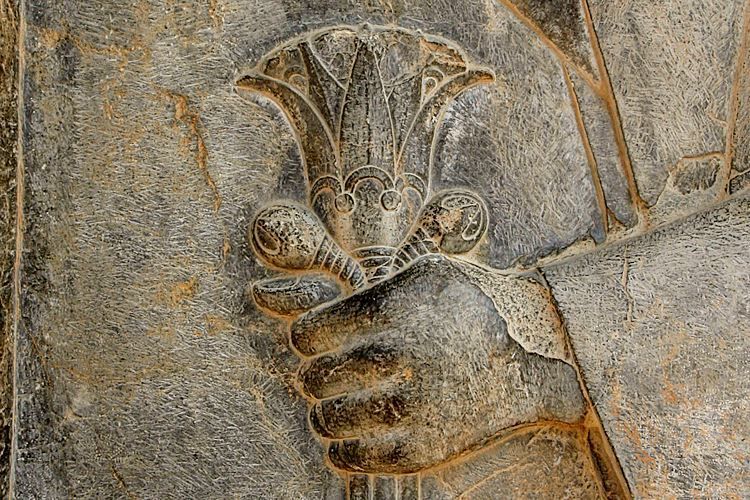
You can find various cravings on Persepolis walls, from Javid Army (the immortal army) to figures of people from various ethnic groups (white and black colors) on different social occasions such as dealing, tendering presents to the king, holding lovers hands, and even animals from all the kingdom. You can imagine how foreign guests would have felt to see their own race and these exciting shapes on the walls, not boring at all!

Unlike the supposal of many people, a large piece of stone has not been used to build each part of the stone structure of Persepolis. First of all, practically carrying such enormous stones is not possible even if it was possible, they would fall off and cause great damages to earthquakes. What is fascinating about huge stone pillars, for example, is that they managed to put several pieces on top of each other so artfully and delicately that no one can tell if they are separated. What is more interesting is that they didn’t use any mortar! Instead, they used a special fastening named “Dom Chelcheleh” (swallowtail) Fastening. These fastenings contain molten lead and allow the structure to move smoothly during sharp movements such as earthquakes. That is why after more than 2500 years Persepolis is still extended.
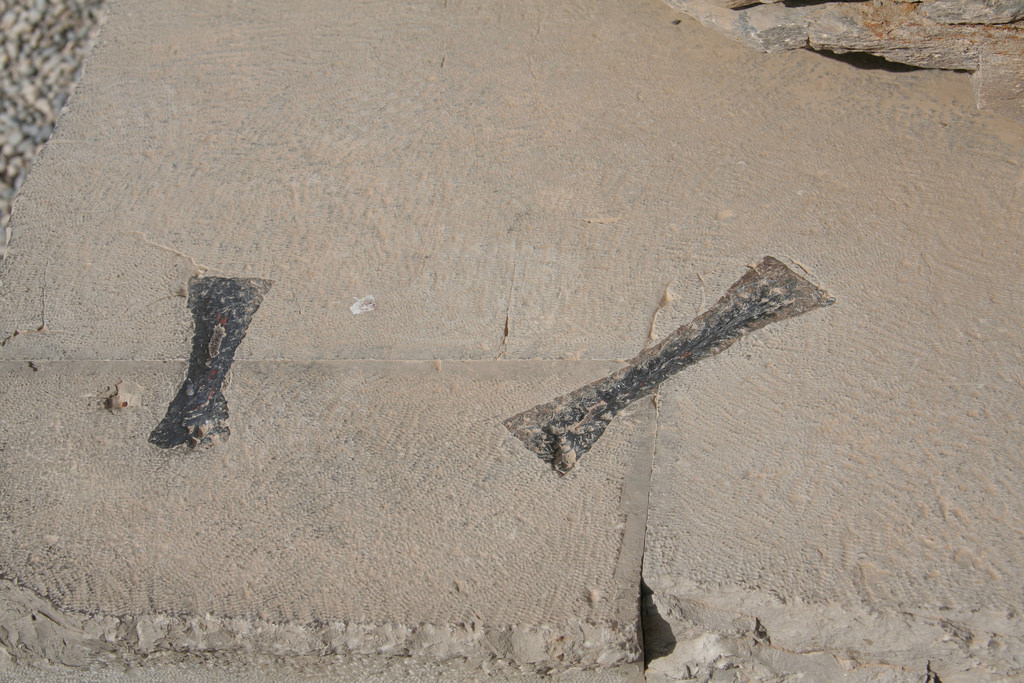
Different Parts of Persepolis
There are eight palaces in Persepolis: Apadana Palace, Tachar Palace, Hadish Palace, The Queen’s Palace, H palace, Se-Dar Palace, Sad Sotun Palace, and Showra Palace. Let’s take a brief look at these palaces.
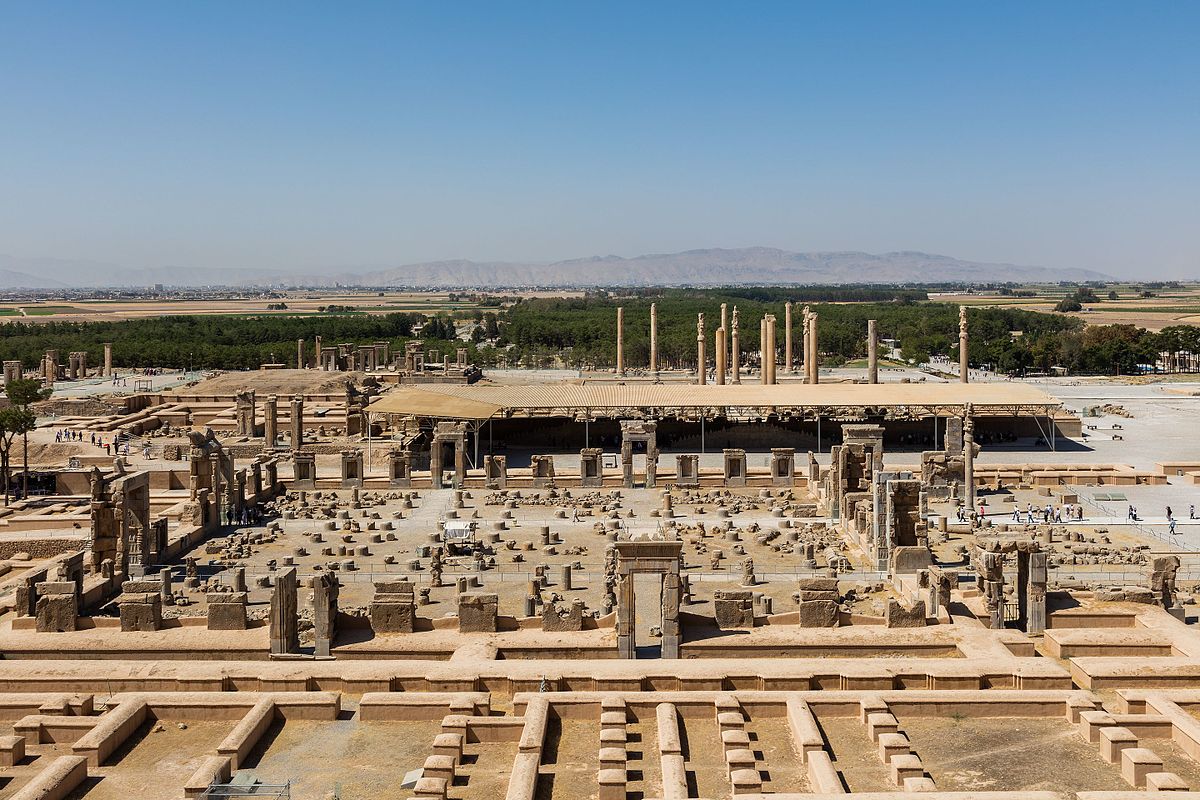
Persepolis Location
How To Get To Persepolis
Other attractions in Shiraz
Hotels near Persepolis, Shiraz
Book Your Hotel In Shiraz
Book Your Domestic Flights in Iran
Any Questions?
Ask your questions about accommodations in Shiraz from our travel experts:



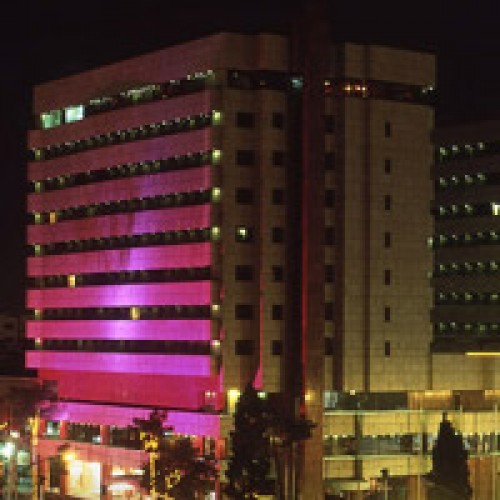
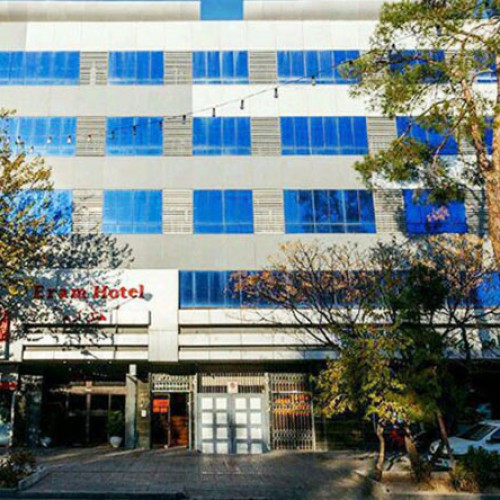
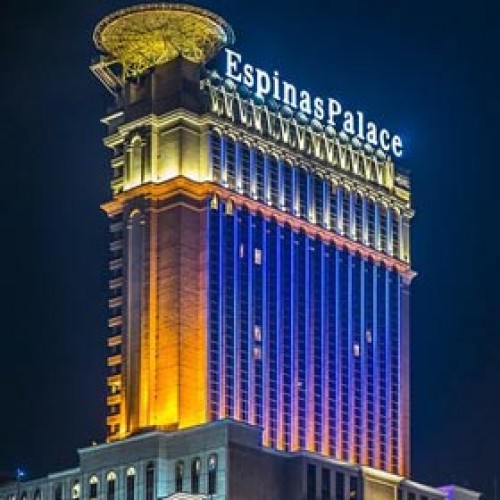


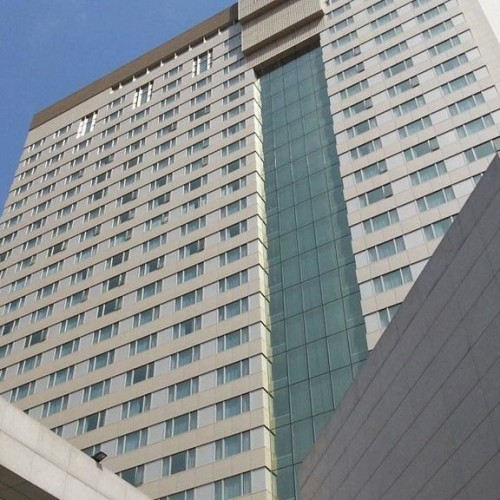

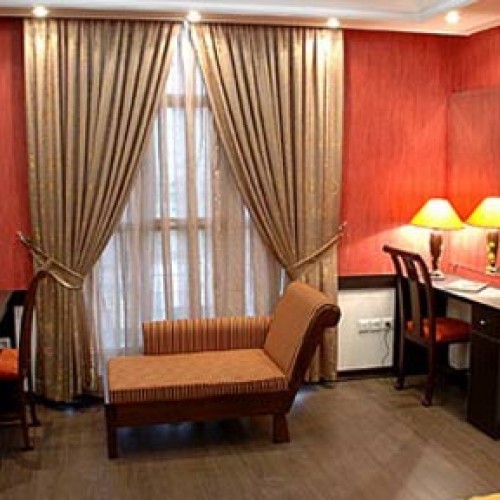


 Trusted
Partner
Trusted
Partner